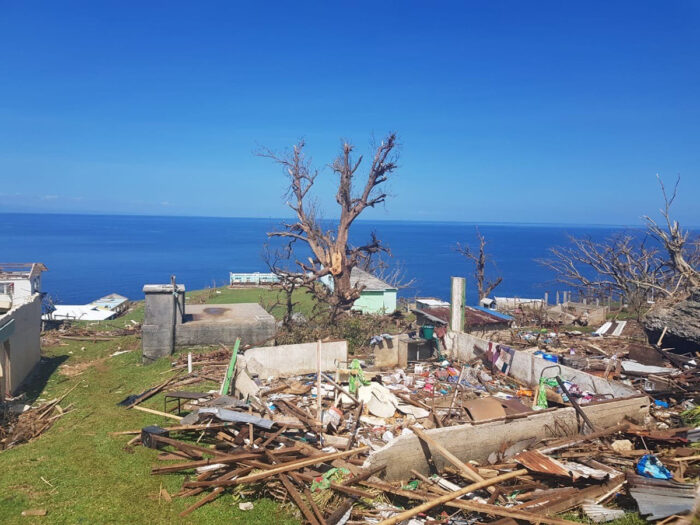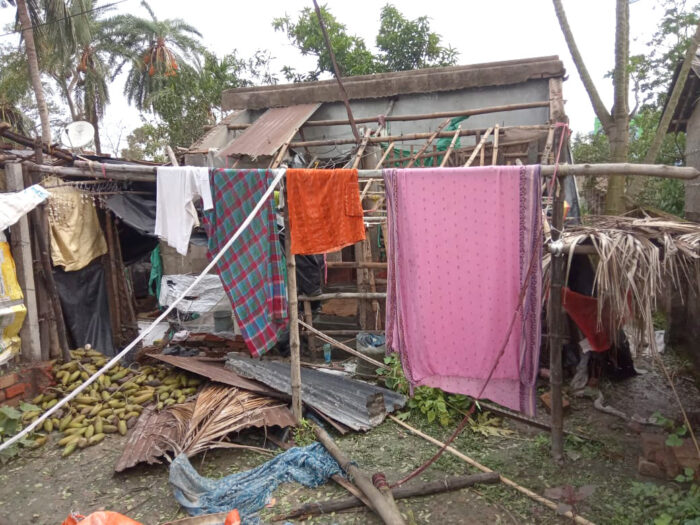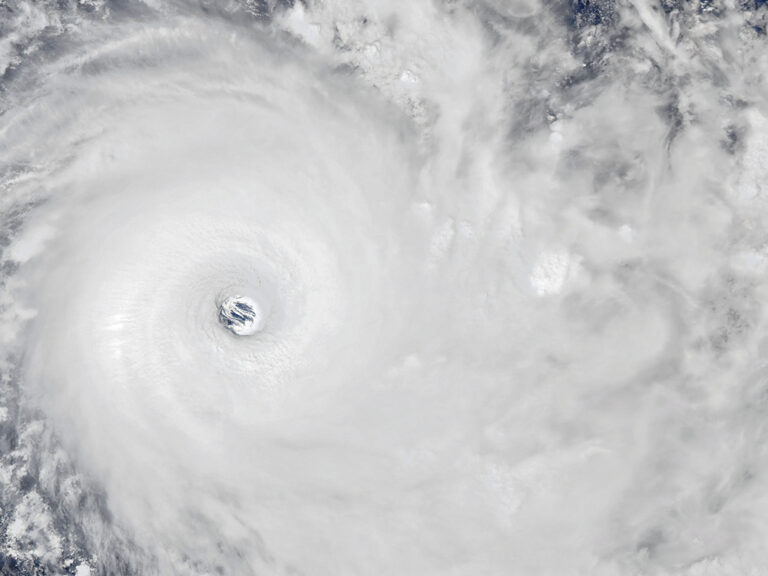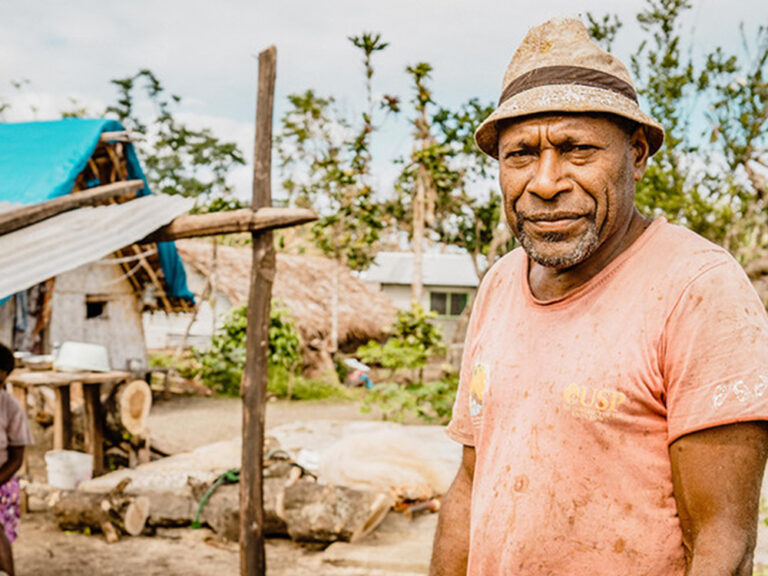Category 5 Cyclone Yasa made landfall in Fiji on 17 December, slamming into the island of Vanua Levu.
The devastating cyclone has brought winds of up to 250 km/h, equivalent to a Category 5 hurricane on the Saffir-Simpson Hurricane wind scale.
A nationwide curfew was imposed ahead of the cyclone making landfall, which included a ban on all public transport.
Thousands of people were forced to evacuate to schools that have been turned into evacuation centres.
This is the second time this year that the Fiji archipelago has been hit by a major tropical cyclone. With Christmas just days away, the disaster has put thousands of people to the test.
Fiji Cyclone Yasa: Quick Facts
Category 5 Cyclone Yasa made landfall in Fiji on 17 December in Bua province on the Northern island of Vanua Levu with winds of up to 250 km/h.
Soon after hitting land, it weakened to a Category 1 and moved away from the Fijian Island group.
It was initially estimated that the entirety of the Fijian population would be affected by Cyclone Yasa.
Some parts of Fiji, such as the northern island Vanua Levu, were severely affected, however, other areas were almost untouched.


What is the Effect of Cyclone Yasa?
The devastating cyclone has unleashed powerful winds, torrential rain and flooding.
Power cuts have been reported in the capital, Suva, and some areas are still cut off by floodwaters.
In Fiji, many homes are made from wood or corrugated iron. These materials make them extremely vulnerable during storms like Yasa. The United States National Oceanic and Atmospheric Administration warns that even well-built houses could face severe damage.
The full impact of Cyclone Yasa is still unknown, but the country is braced for severe disruption and widespread damage as reports come through.
Earlier this year, ShelterBox responded to Cyclone Harold that hit the neighbouring Pacific Island nation of Vanuatu. Harold was the strongest cyclone to hit the islands since Cyclone Pam in 2015.


What is a Cyclone?
Hurricanes, cyclones and typhoons are all tropical storms. Cyclones are formed over the South Pacific and the Indian Ocean.
The South Pacific cyclone season usually starts in November and ends in April.
Globally, climate change is expected to make storms more intense and unpredictable.
They could also be more damaging, moving at a slower pace, packing heavier rains, and intensifying rapidly – as has been the case during this year’s record-breaking Atlantic hurricane season. (source: The New Humanitarian)
Hurricanes and Cyclones ExplainedHow is ShelterBox Helping?
Right now, we are responding to disasters in multiple different countries.
We’re working with our global partners to support families affected by hurricanes, flooding, conflict and more. ShelterBox is not planning to respond in the aftermath of Cyclone Yasa.
Cyclone Yasa comes at the end of a challenging year of extreme weather events, including a record-breaking Atlantic hurricane season.
Find out more about the criteria we use to make our response decisions here.


